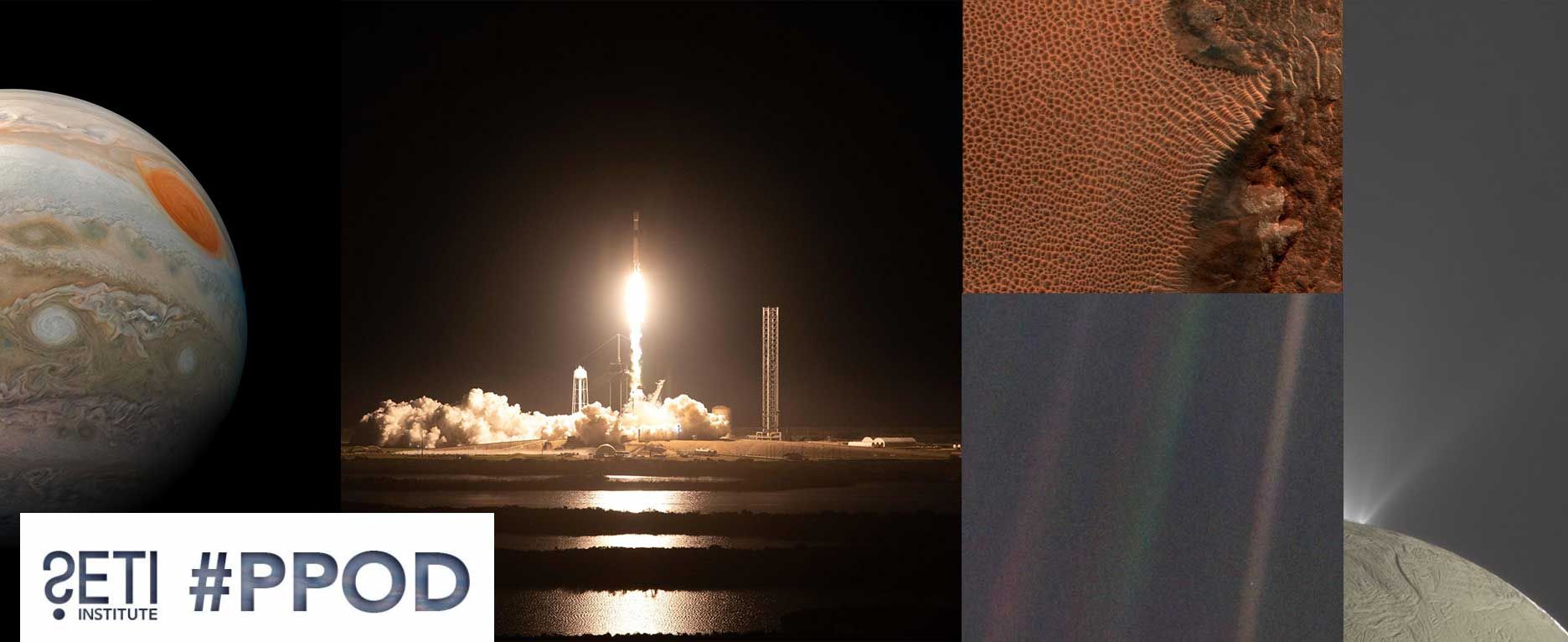
The pale blue dot of Earth, the swirling marble of Jupiter, and fountains on Enceladus.
Monday, 12 February 2024
Fountains of Enceladus
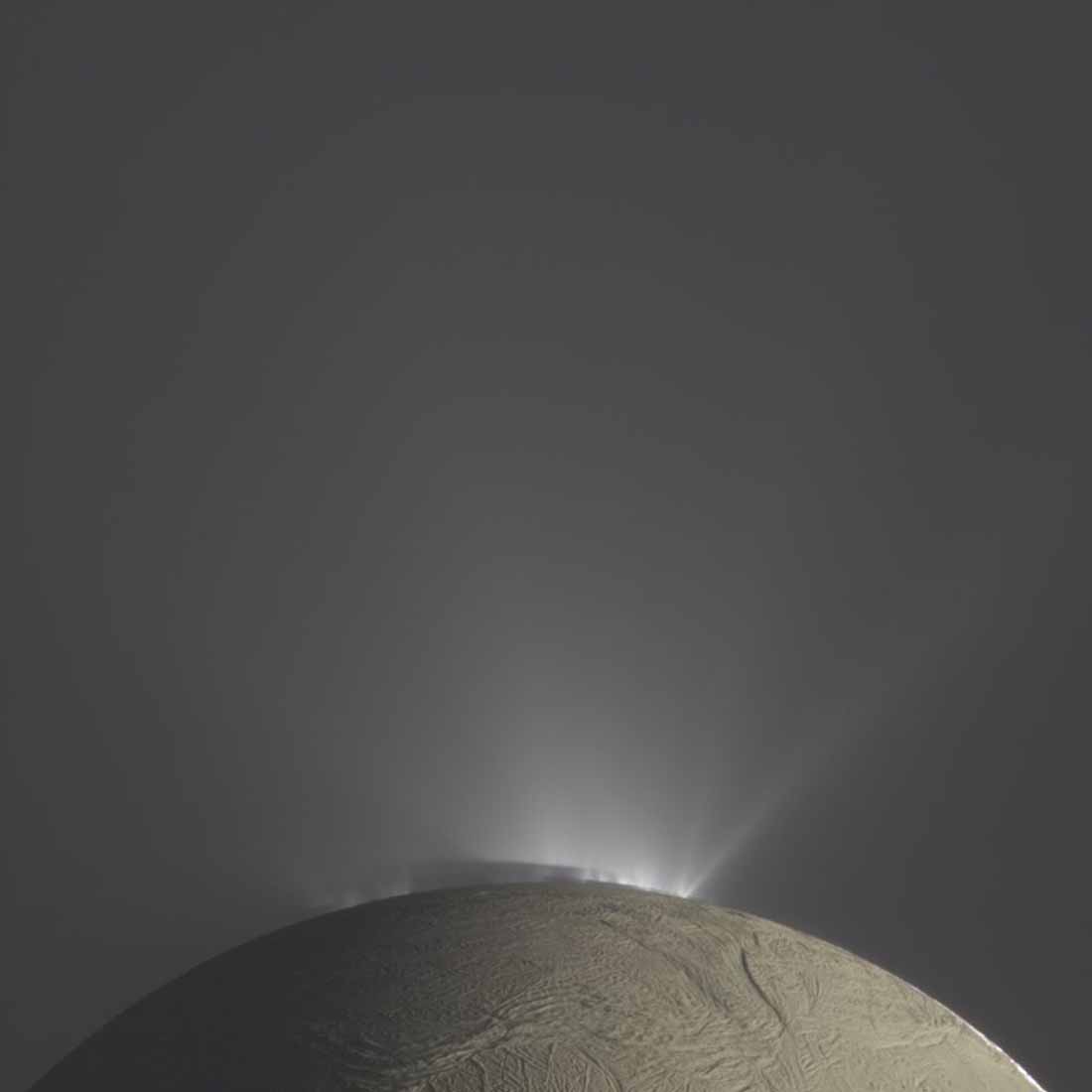
Pictured here is Saturn's moon Enceladus, its south polar plumes lit by sunlight and its seamed nightside washed with the yellow glow of the light coming from Saturn. Taken by NASA's Cassini spacecraft on 30 November 2010. Credit: NASA / JPL-Caltech / SSI / Gordan Ugarkovic
Tuesday, 13 February 2024
Jupiter Marble
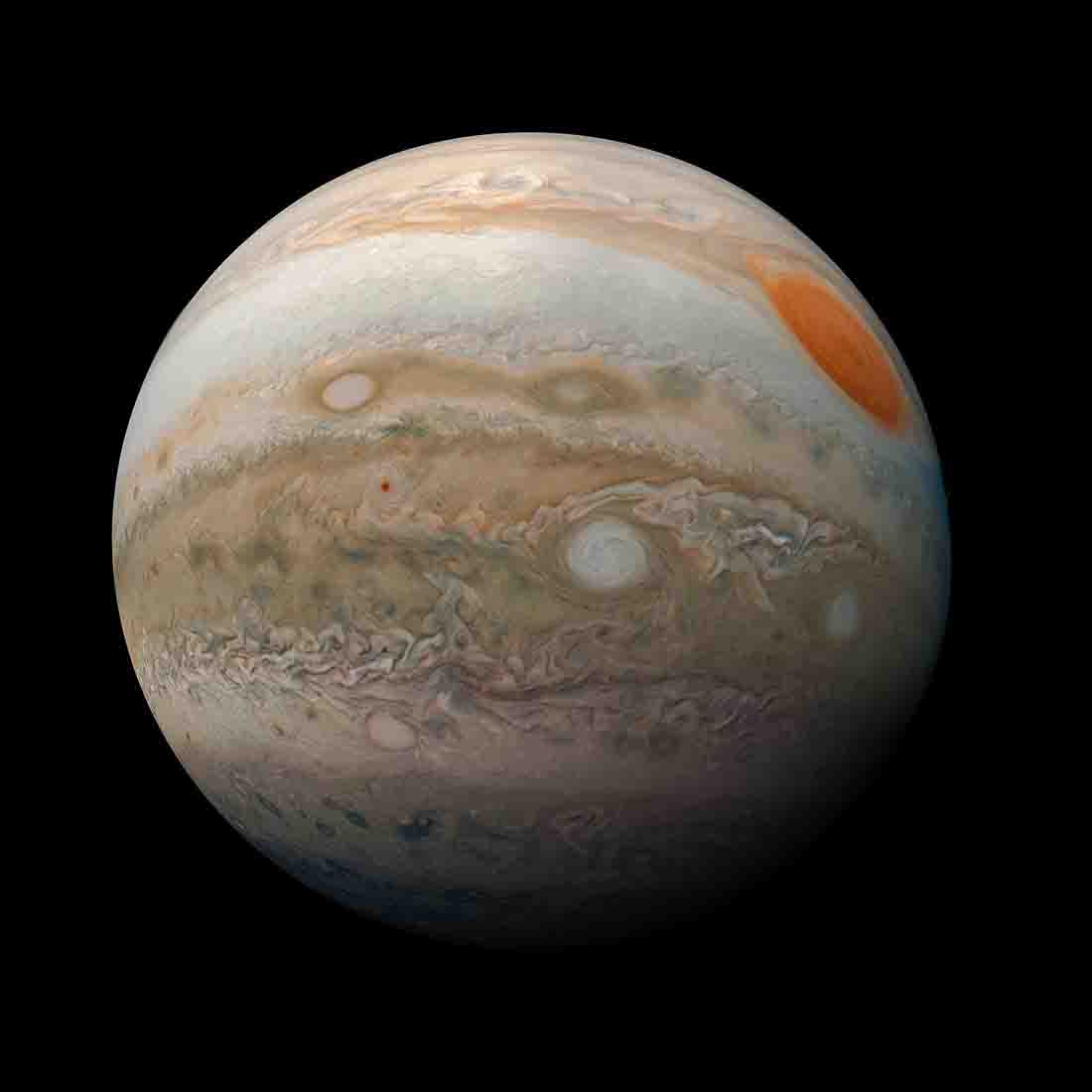
This striking view of Jupiter's Great Red Spot and turbulent southern hemisphere was captured by NASA's Juno spacecraft as it performed a close pass of the gas giant planet. Juno took the three images used to produce this color-enhanced view on Feb. 12, 2019, as the spacecraft performed its 17th science pass of Jupiter.
Credit: NASA/JPL-Caltech/SwRI/MSSS/Kevin M. Gill
Wednesday, 14 February 2024
Happy Valentine's Day!
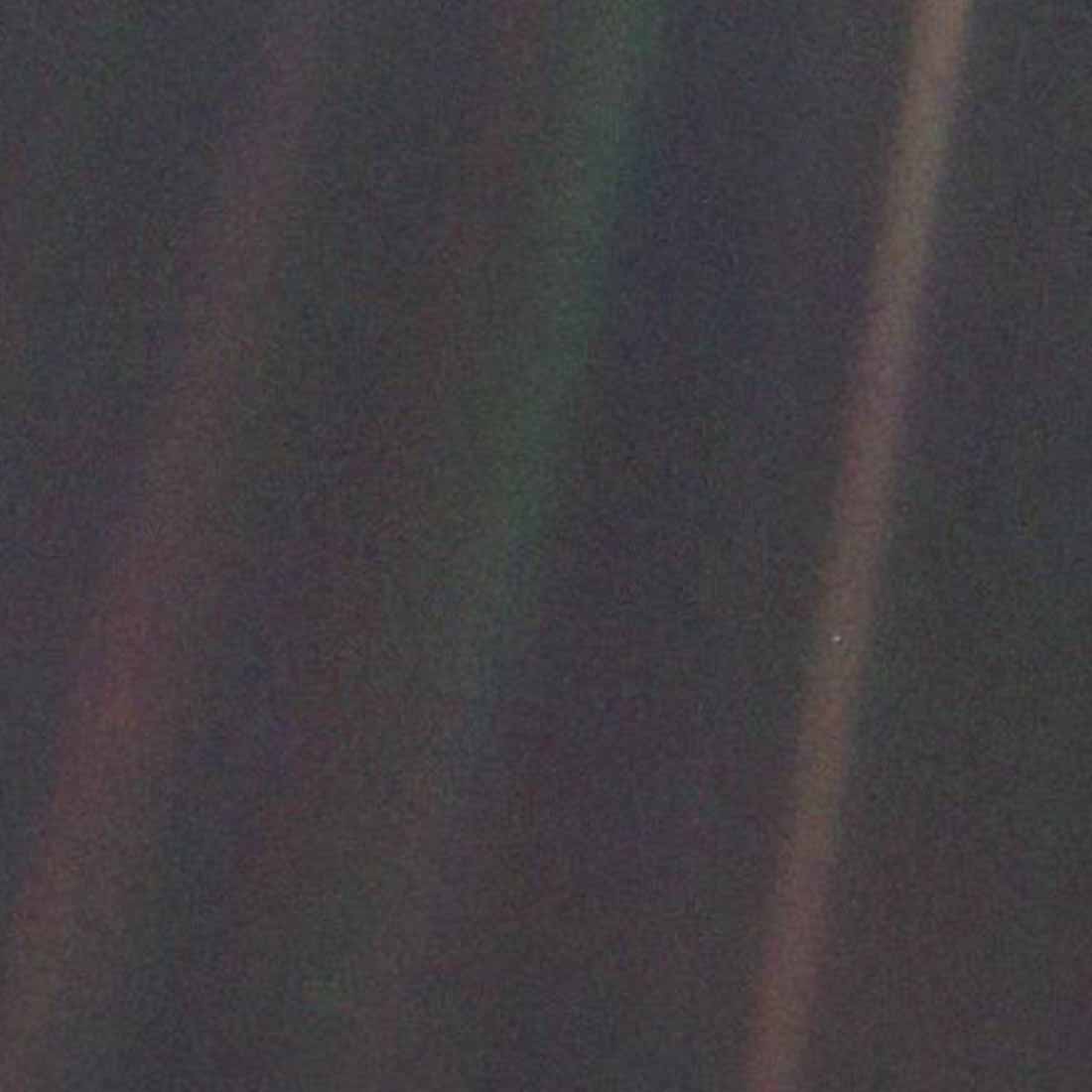
“Look again at that dot. That's here. That's home. That's us. On it everyone you love, everyone you know, everyone you ever heard of, every human being who ever was, lived out their lives… The Earth is the only world known so far to harbor life. There is nowhere else, at least in the near future, to which our species could migrate. Visit, yes. Settle, not yet. Like it or not, for the moment the Earth is where we make our stand.” - Carl Sagan
This image was taken by the Voyager 1 spacecraft on 14 February 1990 at Sagan’s suggestion. Voyager was about 6.4 billion kilometers from our tiny dot of a world and heading out of our solar system.
Credit: NASA
Thursday, 15 February 2024
Strange Dunes on Mars
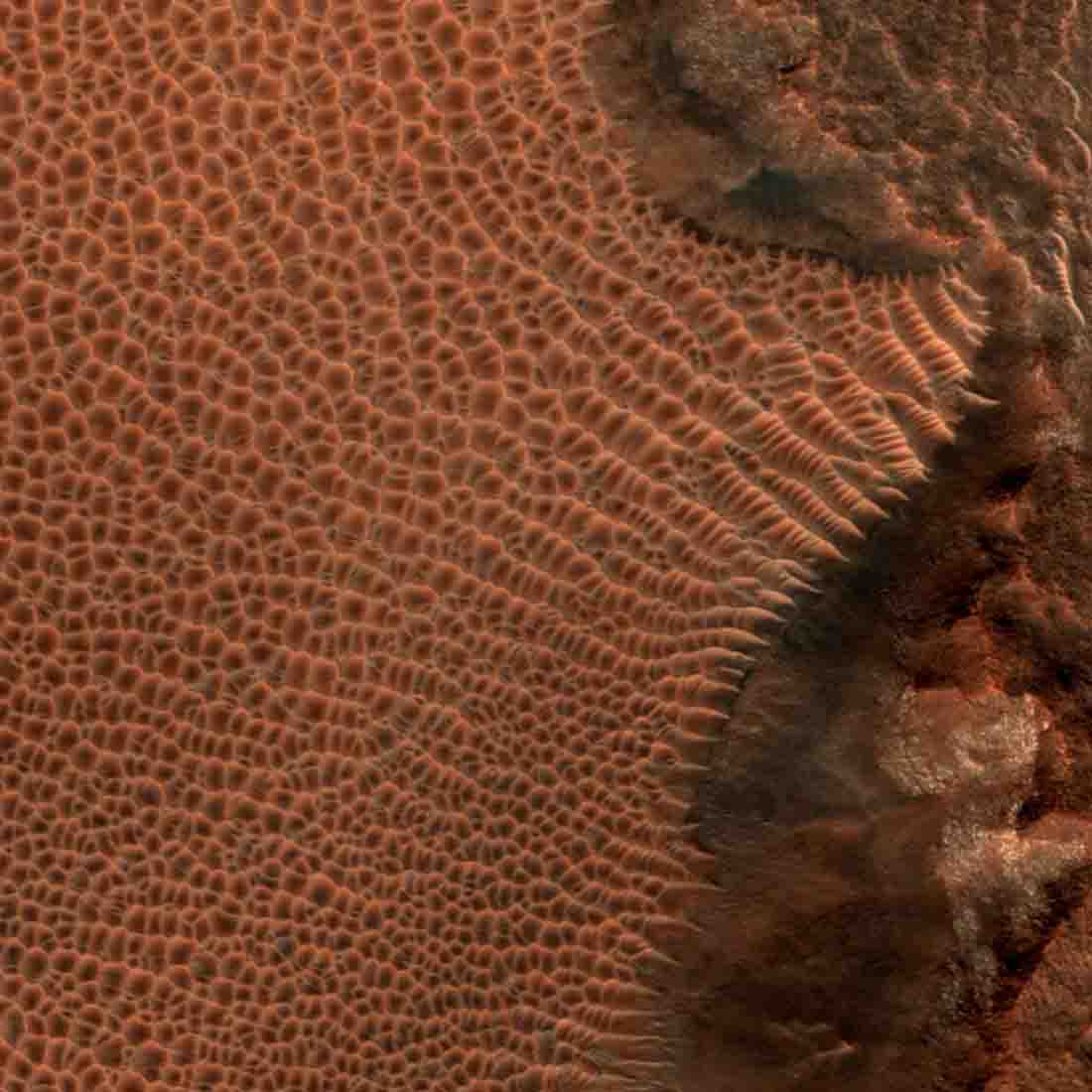
Mars can get weird. Check out these polygonal dunes that resemble dune fields in extremely dry regions of Earth, such as salt flats. On Earth, these patterns form during periodic wet-dry seasons, leading scientists to suspect that Mars once had a similar climate.
Credit: NASA/JPL/University of Arizona
Friday, 16 February 2024
Intuitive Machines Launches to the Moon
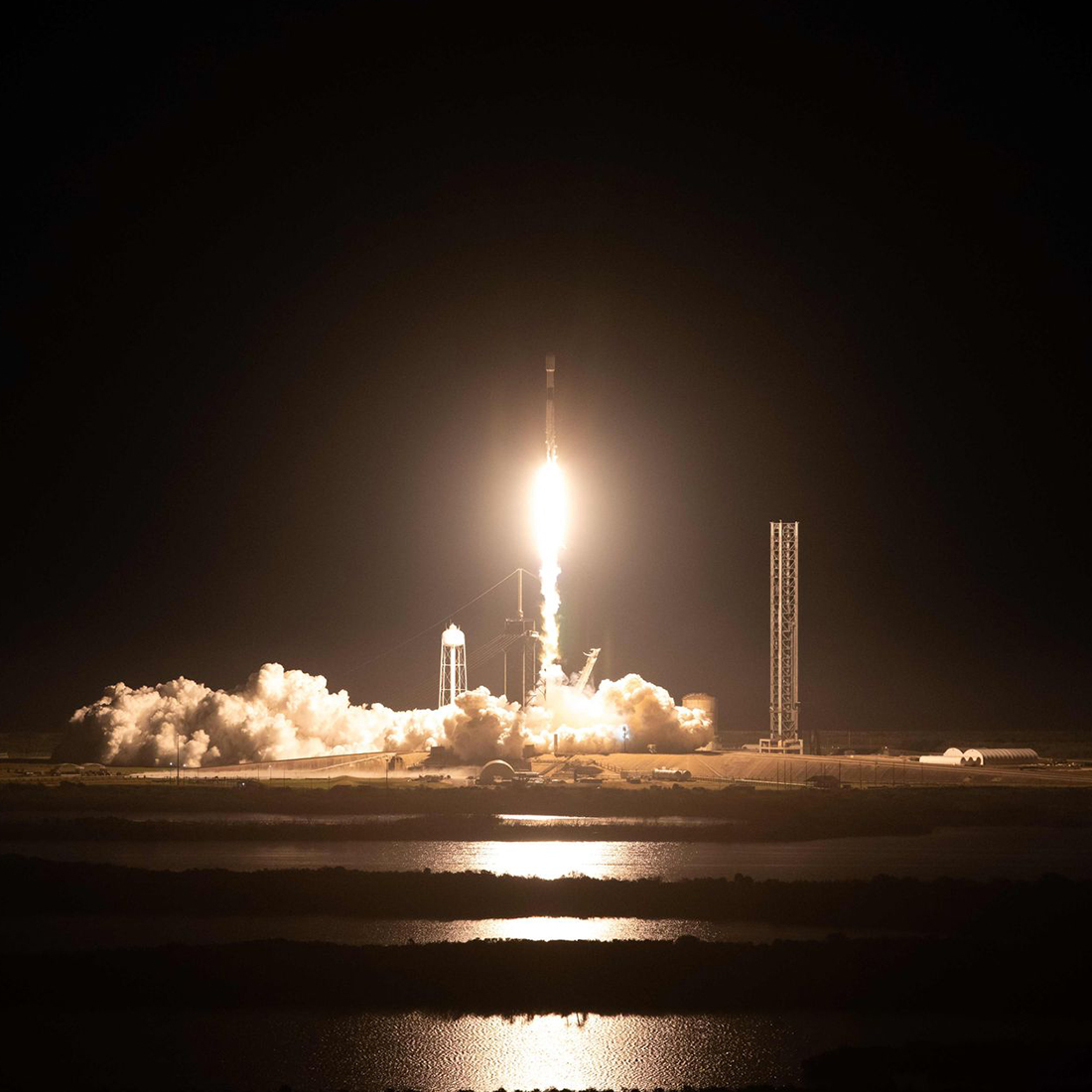
A SpaceX Falcon 9 rocket carrying Intuitive Machines’ Nova-C lunar lander lifts off from Launch Pad 39A at NASA’s Kennedy Space Center in Florida at 1:05 a.m. EST on Thursday, Feb. 15, 2024. As part of NASA’s CLPS (Commercial Lunar Payload Services) initiative and Artemis campaign, Intuitive Machines’ first lunar mission will carry NASA science and commercial payloads to the Moon to study plume-surface interactions, space weather/lunar surface interactions, radio astronomy, precision landing technologies, and a communication and navigation node for future autonomous navigation technologies.
Read more: https://buff.ly/49f3J45
Credit: NASA/Kim Shiflett





